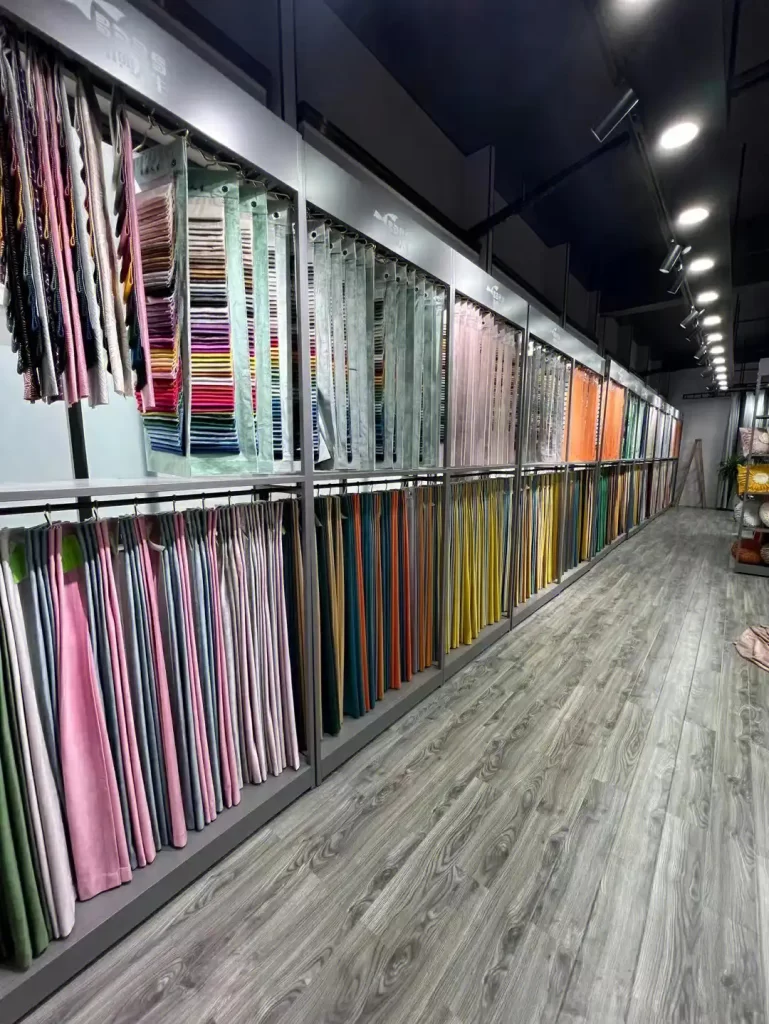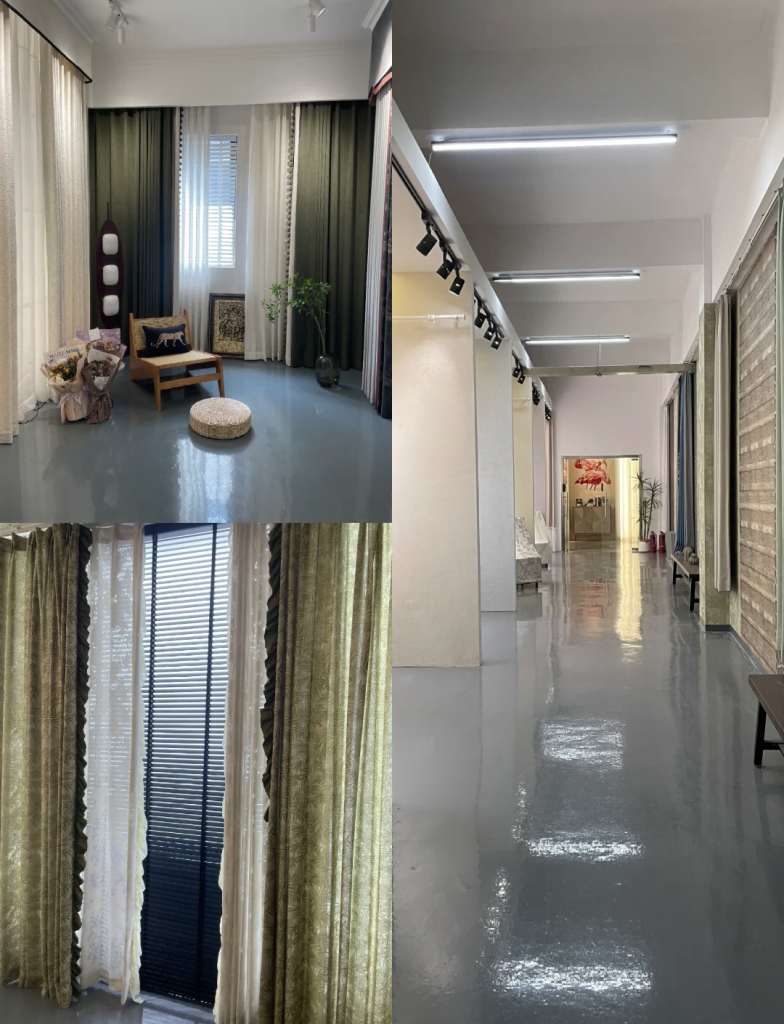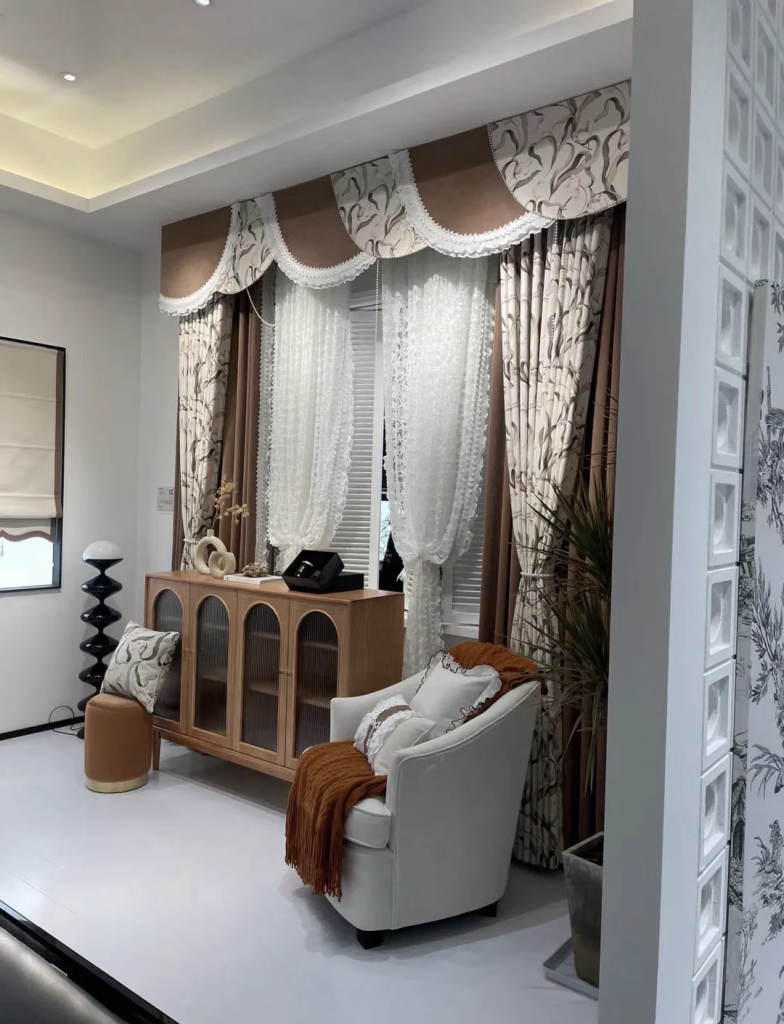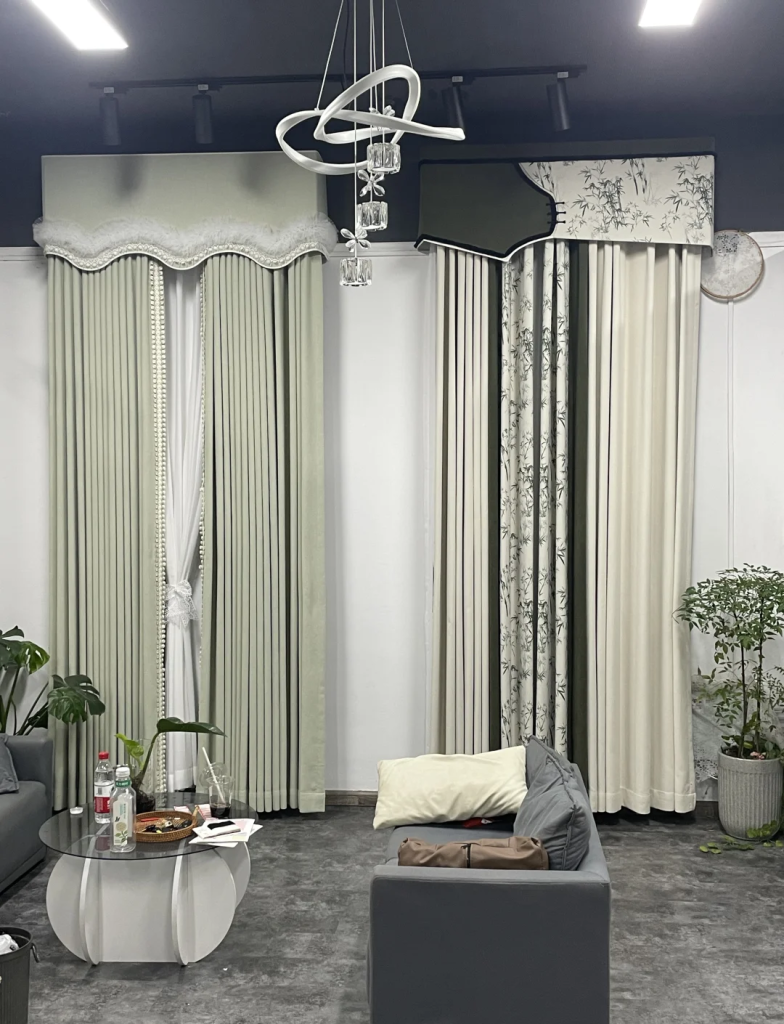



Windows are more than just openings to the outside world—they’re silent storytellers. They frame sunrises, soften afternoon light, and cradle the warmth of a room. As someone who’s spent over two decades weaving fabric into functional art, I’ve come to see curtains not as mere window treatments, but as the quiet backbone of interior harmony. Today, I want to pull back the curtain (pun intended) on what goes into crafting window solutions that feel less like purchases and more like partnerships.
It Starts with Listening—Then Weaving Intentions into Fabric
Every project begins with a conversation. A homeowner might describe their living room as “needing to breathe” but also “feel grounded.” A boutique owner could mention wanting curtains that “dance with the afternoon light” without overwhelming delicate displays. These aren’t just requests for fabric; they’re clues to a space’s soul.
Our design team doesn’t start sketching immediately. Instead, we ask questions: What time of day does this room shine brightest? Do you crave privacy without sacrificing brightness? Is this space for rest, creation, or entertaining? A nursery’s curtains, for instance, demand softness and UV protection—fibers that won’t fade under morning sun, textures that feel gentle against tiny fingers. A home office might need blackout lining to block distractions, paired with a neutral weave that stays crisp under camera lights for virtual meetings.
This intentional listening informs every choice, from the weight of the fabric (lightweight linens for breezy porches, dense velvets for cozy bedrooms) to the finish (matte for minimalism, subtle sheens for glamour). We’ve learned that the best curtains don’t shout—they respond.
Materials Matter: Sourcing with Integrity
In an industry where “premium” can mean anything from marketing fluff to genuine care, we’ve made transparency our compass. Our fabric library spans natural fibers—organic cottons grown without pesticides, linen spun from European flax, and bamboo lyocell that’s both buttery-soft and sustainably processed—and performance blends engineered to outlast trends.
Take our blackout line, for example. Many suppliers use chemical coatings to block light, but we partner with mills that embed light-absorbing particles directly into the yarn. The result? No plastic-like stiffness, just a fabric that feels luxuriously soft while dimming rooms to 99% darkness—a detail new parents or shift workers especially appreciate.
We also prioritize traceability. When a client asks, “Where does this come from?” we can name the mill in Portugal, the dye house in India committed to zero wastewater, or the weavers in Turkey who’ve perfected their craft over generations. It’s not just about quality—it’s about honoring the hands that bring each curtain to life.
Customization as a Language, Not a Checkbox
“Custom” often gets tossed around loosely. To us, it means treating every window as unique. A bay window with three angles? We draft patterns that follow its curves, ensuring no awkward bunching at the seams. A tall, narrow Victorian window? We adjust the heading style—perhaps a slim, tailored rod pocket—to elongate the space visually.
One memorable project involved a historic townhouse with stained-glass transoms. The homeowners feared heavy curtains would obscure the intricate glass. We developed a lightweight, semi-sheer linen with a subtle linen-weave pattern that complemented the stained glass without overpowering it. Years later, they sent photos of guests marveling at how the curtains “made the old windows sing.” That’s the magic of customization: solving problems while amplifying a space’s character.
Beyond the Sale: Curtains as Long-Term Companions
The best feedback isn’t a five-star review—it’s a client messaging years later: “Still love these curtains. They’ve held up through two kids, a dog, and countless moves.” We build for longevity, not disposability. Reinforced stitching at stress points, rust-resistant hardware options, and care guides tailored to each fabric type ensure our work stays relevant.
We also offer free consultations for reupholstering or updating older curtains. A faded linen panel can be dyed to a richer hue; a linen-cotton blend can be re-lined with thermal insulation to cut heating costs. Windows evolve, and so do we—always in service of keeping spaces feeling fresh, intentional, and theirs.
Final Thoughts: Curtains as the Heartbeat of Home
In a world that moves fast, curtains ground us. They’re the first thing sunlight touches in the morning, the last barrier between you and the night. Crafting them is equal parts science and soul—balancing technical precision with the unspoken needs of the people who’ll live with them daily.
As a supplier, our role isn’t to sell curtains. It’s to help you tell your window’s story—one that’s as unique, warm, and enduring as the life lived within.
Article link:https://www.vlefooena.com/crafting-window-stories-the-art-and-heart-behind-our-curtain-making

No reply content